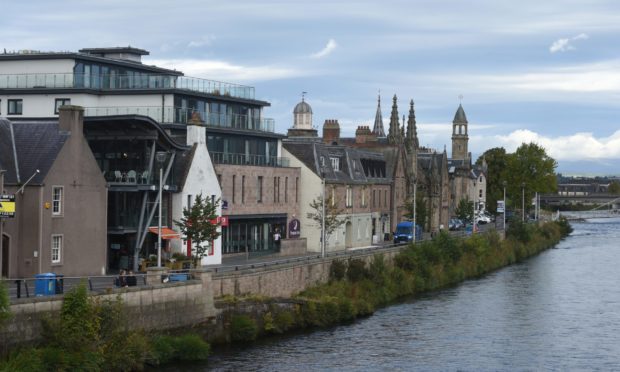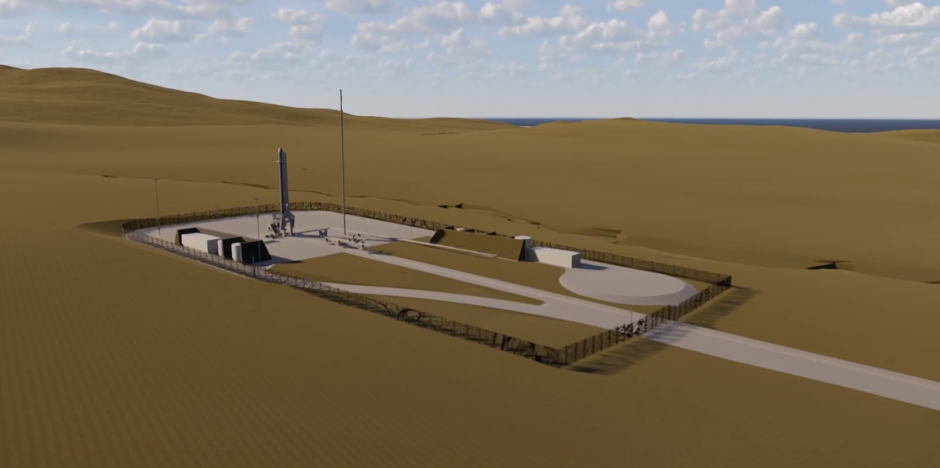Coronavirus has left the Highlands and islands with their greatest-ever economic challenge with a doubling of the unemployment rate and a GDP fall forecast of up to £2.6 billion, MSPs have been told.
Highlands and Islands Enterprise (HIE) chief executive Charlotte Wright said the impact on the region had been “disproportionately severe” as a result of its reliance on sectors like the tourism and creative industries, which had been most affected by the pandemic.
She told MSPs on Holyrood’s Economy Committee that 72,000 people had been furloughed and regional employment had more than doubled to 5.7%.
Of particular concern was that youth unemployment was higher still, at just under 10%, while it had been estimated that GDP is expected to drop by £1.5 billion and £2.6bn.
We have the greatest share of employment in the sectors that have been most affected by the pandemic including tourism and creative industries… Unfortunately that means that the economic impact on our region has been disproportionately severe.”
HIE chief executive Charlotte Wright
The agency’s fight against the pandemic had resulted in £25m being distributed to more than 800 businesses in the areas through various resilience funds and a further 205 grants worth £4m to tackle hardship.
Ms Wright said: “We have the greatest share of employment in the sectors that have been most affected by the pandemic including tourism and creative industries. (We have) a higher proportion of self-employment and micro businesses compared to the country as a whole. Unfortunately that means that the economic impact on our region has been disproportionately severe.”
Scotland’s largest creative industry conference, XpoNorth, which would have normally been a two-day event in Inverness, had instead been held virtually – an innovation that had led to 6,000 people taking part, more than three times the number of usual attendees.
Ms Wright said HIE had used its existing powers to help businesses who were ineligible for grants and was concentrating on helping the island, the space sector, life sciences and growing the marine economy.
She also welcomed the various Growth Deals in the area, backed by the UK and Scottish governments. The Inverness City deal had been an example of a “really good” partnership approach focusing on science, small businesses, emerging technologies and helping entrepreneurs.
Businesses had been encouraged to adapt to the pandemic with, for example, life science firms working together to produce face visors.
“Other deals within Highlands and Islands – Moray, Argyll and Bute and the islands deals are at earlier stages and our role there has been working with them to develop the outlying business case. The advantage to a degree there is that we can position that within what we now understand to be the greatest economic challenge we have ever faced,” Ms Wright said.
This is the most challenging set of circumstances that I’ve ever faced in my career.”
Douglas Colquhoun of Scottish Enterprise
The economy committee also heard from Douglas Colquhoun, Scottish Enterprise chief financial officer, who described the situation as “the most challenging set of circumstances” he had faced in his 32 years with the agency.
Mr Colquhoun said the SE budget had been £342m, but had gone up to £529m as a result of extra Scottish Government cash to help businesses through Covid.
‘Do the right thing’: Rishi Sunak urged to reinvest returned furlough cash in Highlands
But he admitted business income was “volatile” and was 20% lower than the forecast at the beginning of the year.
A deficit was being run on capital and resource budgets and, he said, overall the situation was “on a knife edge”.
“We are sitting with deficits which we think are manageable,” Mr Colquhoun said. “But I’ve been 32 years in Scottish Enterprise and this is the most challenging set of circumstances that I’ve ever faced in my career.”
HIE financial director Nick Kenton told MSPs that his agency’s income had “held up okay”, but there had been £120,000 worth of deferrals of rent from tenants.
The year had begun with a £4m reduction in its baseline budget, which had resulted in a review of legal commitments to balance the books.
Ian Blackford: Refusal to extend furlough scheme risks ‘third winter’ for Highlands and Islands
With the HIE board, they forecast a £1m deficit budget, but the agency was still hoping to break even.
“On the capital side we have seen attrition with Covid impacting on the way projects have been progressing,” Mr Kenton said, adding: “We are monitoring our position very carefully. At the moment we are still on course to meet our targets.”
The committee also heard coronavirus has left Scotland’s councils facing a £350 million funding shortfall, with MSPs warned cuts may have to made to services.
Hugh Lightbody, from the local government body Cosla, said councils have delivered “vital services” during the pandemic but this has “come at cost”.


